The history of kitchens
From campfire to Sebastian’s Kitchens in one million easy steps!
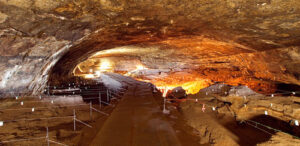
A cave in South Africa has produced evidence of the first controlled fire. Traces of wood ash and stone tools were found near animal bones and scientists dated these to over one million years ago, when Rachel Welch was still stitching her fur bikini!
Could this be described as the world’s oldest kitchen? Certainly not a kitchen as we know it, but everything starts with one small step.
Humans are the only living animal on our planet to cook food. The eating of cooked food is considered a strong contributing factor in the expansion and growth of our brain, over millennia, which has made us, for good or for bad, who we now are.
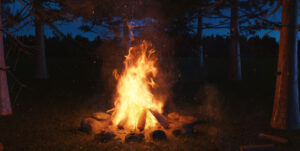
The camp fire brought people together in the collective act of eating, staying warm and building security. This communal way of life, including the sharing of food preparation progressed the development of group cultures and spoken language.
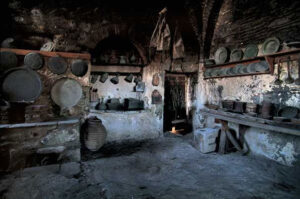
As society became more diverse, the collective act of provision, preparation and sharing food changed and kitchens started to move to a separate space, away from the dining area – or at least it did for the wealthy.
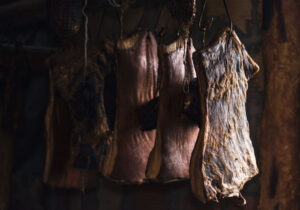
By the 5th Century BC, inhabitants of the Middle East and Europe, including Ancient Greece, had learned about the preservation of food by smoking, drying, salting and using olive oil. Kitchens were used for the slow cooking of stews in clay ovens buried in hot coals and for spit roasting meat. The food was then served to the banqueting aristocrats of the day (men only, as the women ate separately, particularly if there were guests). The general population, however, still had communal cooking areas in their towns and villages.
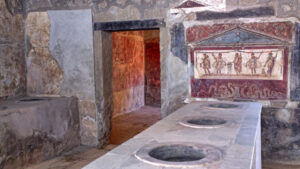
Old Roman kitchens were often separate places which included a stove and an open fireplace. The stove was a crude forerunner of the modern-day Aga with one plate covered in hot charcoal into which the cooking pans were sunk. However, eating was becoming an art form for the wealthy, all the better as the preparation and cooking could be kept away from the fastidious diners.
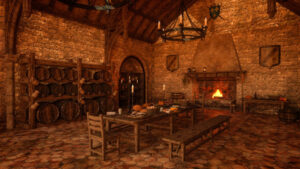
In the early Middle Ages, after King Alfred had finished burning the cakes, fireplaces with chimneys started to appear in monasteries and in the homes of noblemen. British kitchens were moving to separate spaces where our stews could be made in pots placed in the coals and our meat spit-roasted in the fireplace. Throughout the medieval period this remained a facility for just the top strata of society – ordinary folk had to remain content with an open hearth in their simple homes or with community fires.
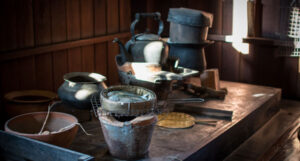
The kitchen was important not just for the preparation of the next meal but also for preserving, brewing, and keeping herbs and tinctures for the treatment of ailments. But the heart of the home was full of mess, smell and noise and indeed was a dangerous place, given the high risk of fire, smoke inhalation and even disease due to poor sanitation.
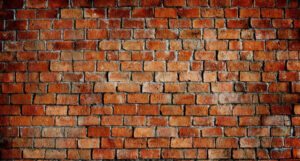
The 17th Century saw the chimney and the separate kitchen starting to appear in humbler abodes. The first enclosed fire appeared mid-century and was made of brick walls with a hot plate.
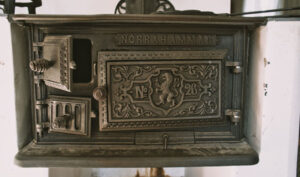
Step forward another 100 years to see the iron stove. This enabled multiple pots to be cooked on one stove – sometimes a massive construction. The modern-day oven was on its way!

The 19th Century saw great innovations in the design of kitchen spaces and the introduction of water, gas and electricity into homes and the invention of the refrigerator and ever more time-saving kitchen tools.
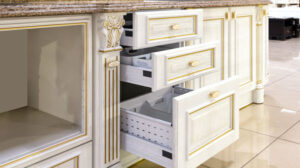
At the beginning of the 20th Century people were conducting ergonomic studies of the kitchen with a view to optimising small spaces into efficient working areas. The kitchen space was streamlined and as the century progressed fitted kitchens – in colours and with strong design – were introduced. Kitchens for the average household were growing and spaces which once separated the family from the heat and, perhaps, chaos of food preparation, were once again becoming the centre of the home.
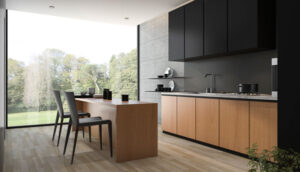
The modern kitchen is no longer a room to hide away at the side of the home. It is again the heart of the home – a place for family and friends to congregate and participate in the collective act of food preparation, a place to eat together, to laugh and to cry together and to tell one another their stories.
There we have it.
Smoky Cave, to Sebastian’s Kitchens
The history of the kitchen over one million years starting with our smoky cave (and with some poetic licence Raquel Welch) to the modern kitchen as we know it!
